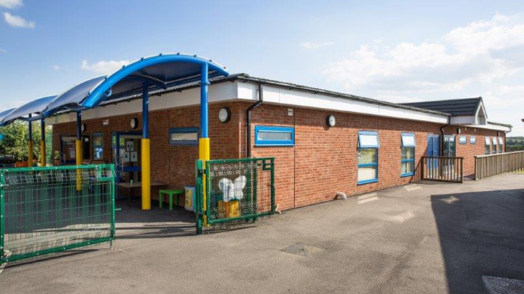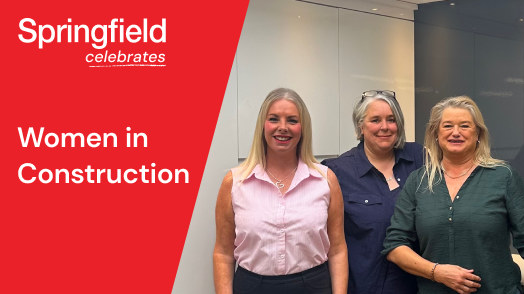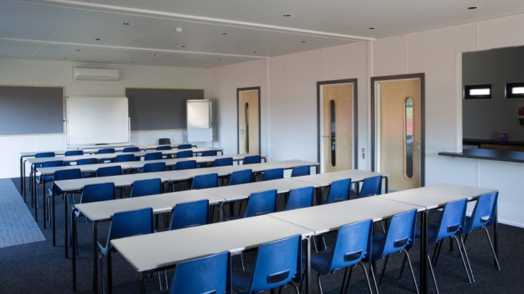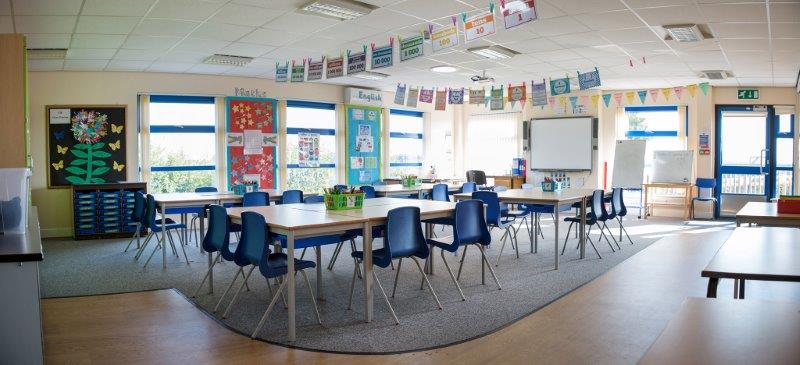Contact our friendly team for more information on our full range of buildings and how to start the process of hiring or buying a modular building for your business. Our expert team is always available to give advice, guidance or support.
Published: 7 October 2024 in Building Types
Beyond The Build: The Lifecycle Benefits of a Portable Classroom

The latest statistics on school and pupil numbers have revealed that the number of pupils in state-funded education in the UK has risen to 9,092,073 (an increase of 18,200 from 2023). With numbers set to rise even further, schools are now looking for long-lasting solutions to expand learning space and accommodate more students.
Also known as a modular classroom, a portable classroom is a prefabricated, self-contained unit. Thanks to their flexibility and adaptability, portable classrooms are fast becoming the construction method of choice for schools across the UK. Unlike traditional construction, which is often static and difficult to modify, portable classroom buildings offer a dynamic and flexible solution for schools needing cost-effective, high-quality learning spaces.
This article discusses how portable classrooms can be reused, allowing you to get the most out of your investment and your students to benefit from high-quality and sustainable learning spaces for years to come.
Reuse For Other Purposes
We often get asked if our modular buildings can be reused, and the answer is yes! One of the most compelling benefits of portable classrooms is their ability to be reused repeatedly. With traditional classroom structures – typically designed for a specific purpose – it’s more challenging and expensive to repurpose them for different uses due to their foundational structure. In contrast, modular buildings can be easily reconfigured, expanded, or downsized to meet new requirements or needs of a school, for example:
- Temporary Offices: Classrooms can be transformed into staff rooms or office space for teachers undergoing renovations, expanding, or needing additional workspaces.
- On-site Storage: They can be reused as storage units for equipment and documents.
- Training Rooms: Businesses or community organisations can use the space for hands-on training, vocational courses, or skill-building workshops.
- Alternative Learning: With some modifications, a modular classroom can be used as a science lab, art studio, library or quiet learning space.
- After-School Programs: They can serve as dedicated spaces for after-school activities, tutoring sessions, or extracurricular programs.
This means that a portable classroom initially used as a learning space can later be modified to meet new requirements. It is cost-effective and extends the building’s lifespan by keeping it relevant to current needs.
Adapt and Expand
Many portable classrooms are constructed with standardised components that can be easily modified or replaced, allowing for updates and renovations without needing a complete rebuild. This adaptability is a critical factor in their longevity. For instance, a school may initially install a singular portable classroom to accommodate a slight increase in student numbers, and as the enrollment numbers increase, the classroom can be expanded to accommodate more students, providing a reassuring flexibility for the school’s future needs.
This adaptability reduces the need for expensive traditional construction methods, saving time and resources while minimising environmental impact. By choosing portable classrooms, schools can make the most of their budget and resources.
This circular economy model benefits both the seller and the buyer. The seller receives a return on their investment, while the buyer acquires a high-quality building at a lower cost. The manufacturer also benefits by extending the life cycle of their products and reducing the need for new raw materials. This process reduces waste and promotes sustainability, further enhancing the environmental credentials of portable classrooms and making the audience feel environmentally responsible.
Relocate To Other Areas Within the School
One of the most unique features of portable classrooms is their portability (hence the name). Unlike traditional structures, portable classrooms can be disassembled, transported, and reassembled in a new location. In some cases, modular buildings can even be moved to entirely new sites, ensuring that the building continues to be used for its intended purpose.
This ability to relocate a building is particularly valuable in educational settings, where space and learning requirements can change from year to year.
Sell or Rent to Other Schools
Portable classrooms also offer a practical solution for schools and other educational institutions that need temporary or additional space. When a modular building is no longer needed by one school, it can be sold or rented to another for temporary use.
This ability to share resources is cost-effective and promotes a more sustainable approach to building management. By reusing and repurposing portable classrooms within a network of schools, educational institutions can ensure that buildings are used to their full potential.
Are you looking for a sustainable alternative to traditionally constructed learning space for your school or nursery? We have a range of high-quality modular classrooms ready for hire or purchase. At Springfield, we also provide a custom design service to help you create a completely bespoke portable classroom that meets your exact needs. Find out about our modular classrooms for education here.









